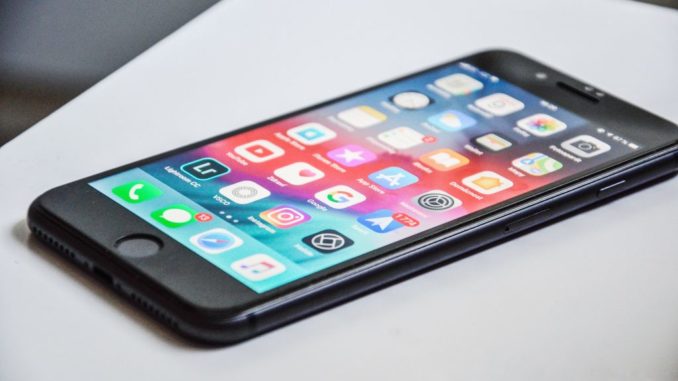
Introduced mainly for use in cars, bore small resemblance to today’s ubiquitous “smart” devices. Even when Blackberry released the first modern cell phone in 2003, it was still primarily just a clunky telecommunications device.
It was not until Apple’s 2007 release of the iPhone, and the subsequent releases of similar products like Google’s Android and Samsung’s Galaxy, that the smartphone truly took hold. Apps became more essential than talking, and phones eventually replaced computers as many users’ primary digital device. The amount of time Americans on mobile non-voice media increased from 88 minutes in 2012 to 203 minutes in 2018.
Mobile connectivity has certainly changed the lives of consumers, but it also has significant ramifications for the companies hoping to connect with those consumers. Brands have had to adjust to consumer expectations, which have risen with new mobile capabilities, and to think critically about personalization and transparency. Fortunately, increased mobile usage also means that consumers have never been so easy to reach.
Consumers are smarter
Today’s mobile-savvy consumers know their options. Constant access to the Internet makes it easy to research products and access reviews from many different sources. Brands with something to hide will inevitably be found out. More than ever before, it’s important for brands to be honest and transparent. If your offerings are not genuinely valuable, customers will eventually expose you. On the flip side, companies that do have a valuable product or service to offer are now easier to find.
Customer demands have also risen along with mobile technology; people expect more and they expect it faster. Mobile’s constant connectivity has created an expectation of immediacy. Speed and convenience are not optional. Websites should be mobile-optimized, fast-loading, and easy to navigate from a phone, or customers will move on.
Marketing is more personal
Consumers increasingly expect offers and communications from brands to be personalized to their needs and interests. More than half of consumers consider personalization a service standard (). Mobile users are no exception. Most want content to be tailored to their shopping habits, geographical location, and web activity across devices and platforms.
Personalization requires information about users, typically gleaned from cookies or surveys. Mobile technology has given marketers a new dimension of insight into their customers–like the ability to see exactly where people are when they search for product information. Savvy brands will use the information they gather about consumers to more precisely anticipate and satisfy consumer needs.
Of course, consumers are not handing their information over indiscriminately. They expect something in return, and the nature of the transaction should be clear. Brands should have a clear understanding of the solution or value they are offering customers and should communicate this to customers. People are more open to sharing their data when companies are upfront about what they are collecting and how they will be using it to improve the customer experience.
Brands can deliver messages more effectively
The mobile revolution has made potential consumers tremendously more accessible to brands. Where once consumers had to be sitting at their computers to receive digital messaging from brands, they can now be reliably reached almost anywhere and any time. Instead of waiting for customers to come to you, you can use push notifications to reach them in the moment when they are most receptive to messaging.
Brands can also take advantage of many different avenues for their communications, like social media, email, SMS, apps, and search, along with different media types. Different mediums have different advantages and disadvantages; the right choice for your brand will depend on a number of factors, such as which part of the funnel and which you are targeting. remains a mobile favorite, and its popularity is not likely to wane any time soon.
All brand communication should be driven by solid strategy. Give careful thought not only to what you say, but also to when and where you say it. Strive to deliver a consistent message throughout the buyer journey while also putting forward the information or offer that is most likely to convert casual users or visitors into committed customers.
With the rise or emergence of technologies like voice search, augmented reality, and location targeting accuracy, the importance of mobile marketing is only increasing. Consumers live in a mobile world, and they expect brands to keep up. That means developing new strategies that address issues of personalization, data use, and transparency.
